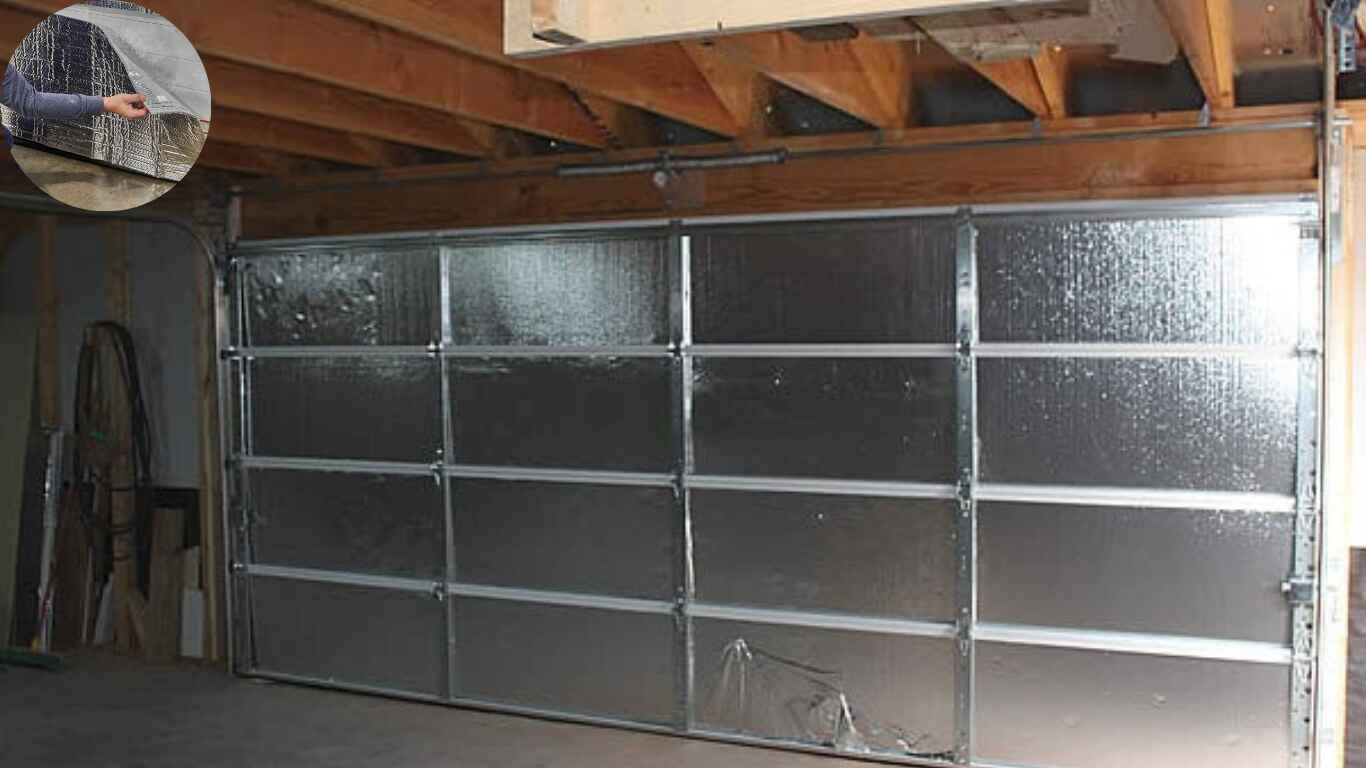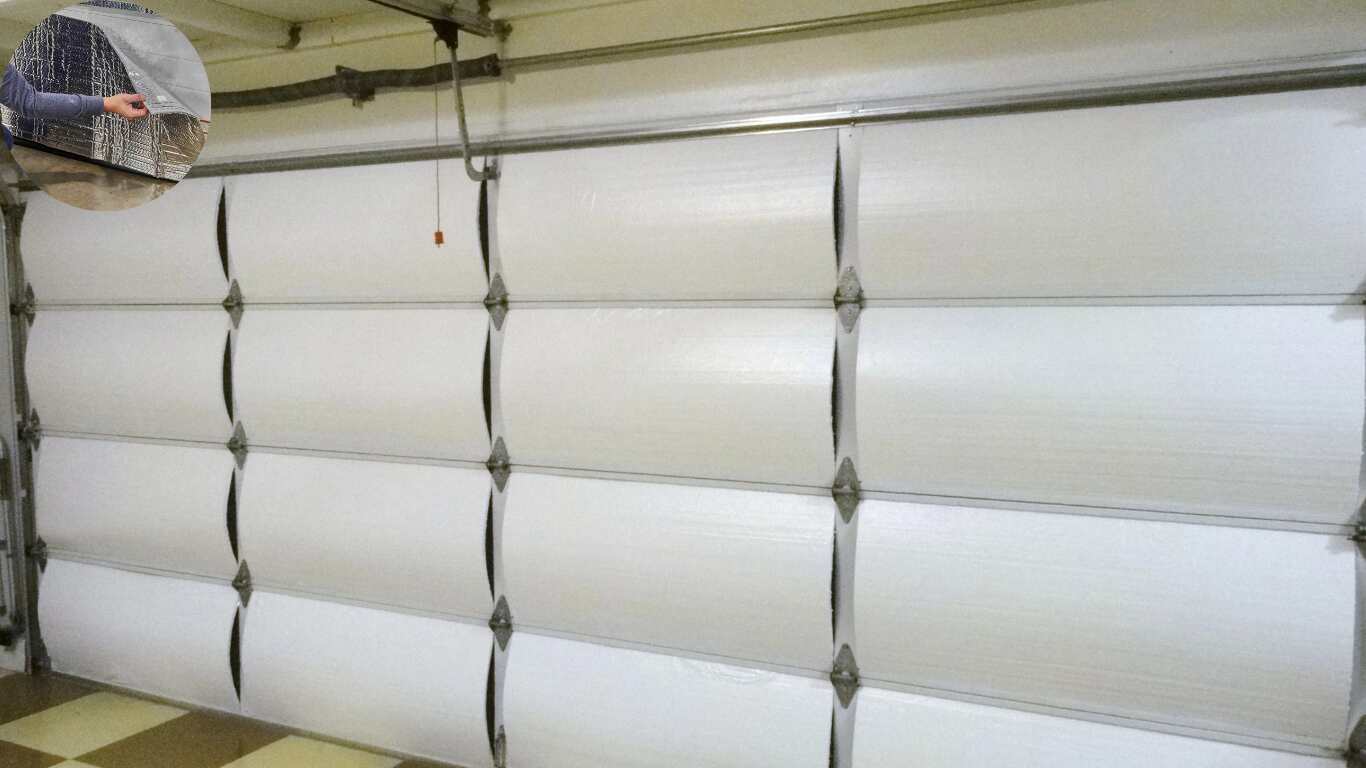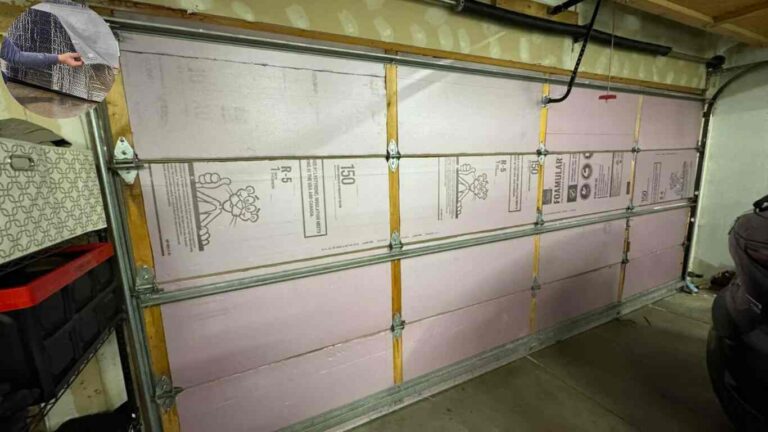A well-insulated garage door is more than just a comfort upgrade-it’s a smart investment for any modern home. As the largest entryway in many houses, the garage is a major source of heat loss and energy inefficiency. Upgrading your garage door with proper insulation helps keep temperatures stable, reduces energy bills, and protects stored items from extreme weather. Beyond savings, insulated garage doors also minimize street noise and can even add value to your property, making this a practical and impactful home improvement project
Benefits of Insulating Your Garage Door
Insulating your garage door offers numerous advantages that extend beyond comfort. First, it helps regulate temperature throughout the year. In summer, a well-insulated garage stays cooler, while in winter, it retains warmth.
This creates a more pleasant environment for any activities you might undertake in the space. A comfortable garage can serve as an excellent workshop or hobby area.
Energy efficiency is another key benefit. With proper insulation, you’ll notice reduced energy bills due to less strain on heating and cooling systems. This change not only saves money but also reduces your carbon footprint.
If you live in a noisy area or have loud machinery inside the garage, insulating the door minimizes outside noise intrusion.
Insulated doors enhance security by adding strength and durability to your home’s entry points. Adding this extra layer of protection gives homeowners peace of mind
Different Types of Insulation Materials
When considering how to insulate house garage doors, the choice of insulation material plays a crucial role. Each type has its unique benefits and applications.
You may also read (garage to my house).
Polystyrene foam board is a popular option. It’s lightweight and offers excellent thermal resistance. This rigid material can fit snugly against your garage door panels, providing an effective barrier against the elements.
Between door sections, these are flexible and easy to install.However, they require careful handling to avoid irritation during installation.
Reflective foil insulation is gaining traction as well. Its shiny surface reflects heat away in summer while keeping it inside during winter months—ideal for temperate climates.
Spray foam insulation provides another layer of versatility. It expands upon application, filling gaps and creating a tight seal that enhances energy efficiency significantly.
Choosing the right material depends on your specific needs, climate conditions, and budget considerations.
Steps to Insulate Your Garage Door
Start by measuring your garage door. Accurate dimensions ensure you buy the right amount of insulation material.
Next, choose your insulation type. Foam board, reflective foil, or fiberglass are popular options. Depending on your needs, each has its own benefits.
Remove dirt and debris from the garage door surface. The insulation adheres better and lasts longer in a clean area.
Cut the insulation panels to fit snugly within each section of the door. Ensure a tight seal to prevent air leaks.
Use adhesive or double-sided tape for easy installation. If you’re using rigid boards, some may require screws for added support.
Don’t forget about weather stripping! Adding it around the edges further improves energy efficiency by sealing gaps that could let cold air in.
Check for any exposed areas after installation and fill them with spray foam if needed. This extra step can enhance thermal performance significantly.
Additional Tips for Energy Savings
To maximize energy savings, consider weatherstripping around the garage door. With this simple addition, gaps are sealed and drafts are prevented, improving temperature control..
Next, don’t overlook your garage’s windows. Installing insulated window treatments can further reduce heat loss or gain throughout the seasons.
Also, make sure to keep your garage organized. A clutter-free space allows for better airflow and helps maintain consistent temperatures.
If you use heating or cooling in the garage, opt for an energy-efficient heater or air conditioner designed specifically for that area. These units are usually more effective than standard ones.
Be mindful of lighting. Swapping traditional bulbs with LED lights not only saves money but also generates less heat—keeping your garage cooler during warmer months while illuminating it efficiently.
Cost and Return on Investment
The energy efficiency of your home can be significantly improved by installing garage door insulation. The initial cost typically ranges from $100 to $500, depending on materials and whether you choose DIY or professional installation.
The return on investment often manifests through reduced energy bills. Homeowners frequently notice a decrease of 10% to 20% in heating and cooling costs after insulation upgrades. The improvement not only improves your comfort, but also adds value to the property
In many cases, insulated garage doors improve resale value, appealing to potential buyers who prioritize energy-efficient features.
Consider the longevity of quality materials as well; they can last for decades without needing replacement. This durability means that while you pay upfront, savings accumulate over time, making it a wise financial decision in the long run.
Comparing DIY vs Professional Installation
When it comes to insulating your garage door, you have two main options: DIY or professional installation. BThere are advantages and considerations to both routes.
Choosing the DIY route can be appealing for those who enjoy hands-on projects and want to save on labor costs. Many insulation kits are available that come with all necessary materials, making it relatively straightforward. With some basic tools and a little time, you can transform your garage door into an energy-efficient barrier.
However, there are challenges. If you’re not experienced in home improvement tasks, improperly installed insulation may lead to gaps or uneven coverage. This could negate the benefits of insulation and potentially cost you more in heating or cooling down the line.
On the other hand, hiring a professional ensures that everything is done correctly and efficiently. Experts know how to assess your specific needs and recommend the best materials for optimal performance. They also have access to high-quality products that might not be available at local hardware stores.
While professional installation typically incurs higher upfront costs, consider this an investment in comfort and energy savings over time. A well-insulated garage door will keep your space comfortable year-round while reducing utility bills.
Whether you choose to go DIY or hire a pro depends on your budget, skills, and personal preferences regarding convenience versus control over the project details. Each approach has its unique merits; understanding these factors will help guide you toward making the right choice for insulating house garage doors effectively.
You may also read (home garage door).

